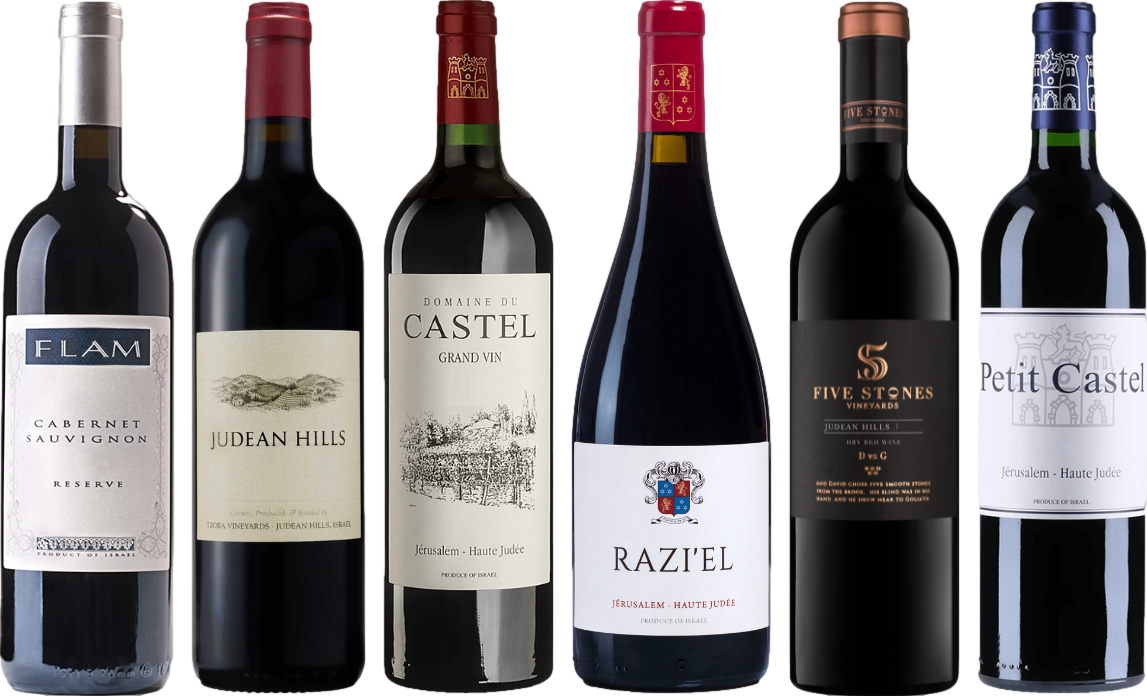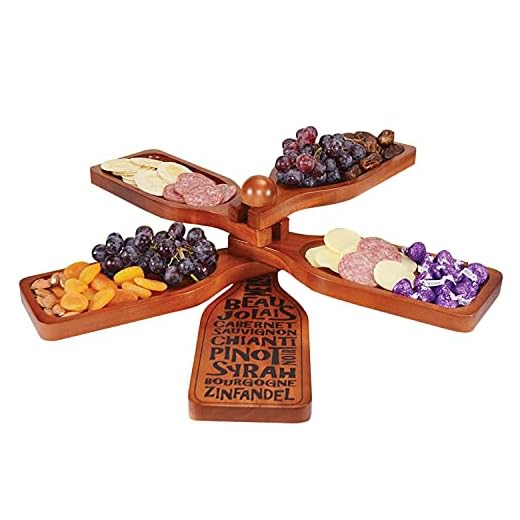



For those mindful of their dietary choices, it’s essential to recognize that a standard serving of this dark-hued fermented grape beverage typically contains around 120 to 130 units of energy. This figure can fluctuate based on factors such as the specific variety and alcohol content, but it offers a solid baseline for what to expect.
If you’re considering incorporating this drink into your meals or gatherings, remember that moderation is key. Enjoying a glass occasionally can fit well within a balanced diet, especially when paired thoughtfully with food. For instance, a robust option complements rich dishes, enhancing both flavors and experiences.
As you explore various selections, keep in mind that sweeter varieties tend to carry a higher energy count due to increased residual sugars. Opting for drier alternatives may allow you to enjoy the same sensory pleasures with a slightly lower impact on your daily intake.
Is Red Wine High in Calories?
Red varieties typically contain approximately 125 to 150 units of energy per 5-ounce serving. This can fluctuate based on factors like alcohol content and residual sugars.
For those monitoring intake, consider the following:
- Alcohol Content: Higher alcohol levels often mean more energy. Look for options with lower alcohol percentages.
- Sweetness Level: Sweeter selections generally have more residual sugars, which increases the energy count. Dry varieties are often preferable for lower intake.
- Serving Size: A standard pour is 5 ounces, but larger servings can significantly elevate energy consumption.
To enjoy without excessive energy intake:
- Opt for dry selections when possible.
- Pay attention to serving size.
- Balance with food pairings that complement your choice and provide nutritional benefits.
Ultimately, moderation is key. Enjoying a glass or two can fit into many dietary plans without overwhelming your daily energy goals.
Caloric Content of Common Red Wines
For those monitoring their dietary intake, understanding the caloric density of various types of beverages is crucial. A typical serving of a certain varietal can range from 120 to 130 calories per 5-ounce glass. However, this can vary significantly based on the sweetness and alcohol content of the beverage.
Specific Varietals and Their Caloric Values
For instance, a Cabernet Sauvignon usually contains around 125 calories, while a Merlot might sit slightly higher at approximately 130 calories. On the other hand, sweeter options like Zinfandel can push the scale up to about 150 calories per serving, depending on the residual sugar levels. It’s essential to check the label or inquire about specifics if you’re aiming for accuracy in your consumption.
Serving Size and Its Impact
Keep in mind that portion size plays a significant role. A standard serving is 5 ounces, but many enjoy larger pours, which can easily double the calorie count. If you’re looking to enjoy your favorite drink without overindulging, consider measuring out your serving or using a smaller glass. Pairing your drink with food can also influence the overall caloric intake, so being mindful of accompaniments is advisable.
For those interested in maintaining a clean environment while enjoying their beverages, I recommend checking out the best shower scrubber for cleaning to keep your space tidy after entertaining guests.
Comparing Alcoholic Beverages’ Caloric Content
The caloric density of various alcoholic drinks varies significantly. Typically, a standard serving of spirits (like vodka or whiskey) contains around 100 calories, while light beers hover around 100 to 150 calories per 12-ounce serving. Regular beers can range from 150 to 200 calories, depending on the brand and style.
In contrast, a common serving of the beverage in question, approximately 5 ounces, averages between 120 to 130 calories. This positions it slightly above light beers but lower than many regular beers. Cocktails can be particularly deceptive; depending on mixers, some can exceed 300 calories per serving, especially those with sugary additives.
For those monitoring their intake, opting for spirits with low-calorie mixers can be a practical choice. Additionally, sticking to simpler cocktails or neat pours can help maintain a lower caloric count. Ultimately, understanding the nuances of each option allows for smarter choices during social occasions.
Factors Influencing Caloric Value in Red Wine
The caloric content of this beverage primarily hinges on several key factors. Understanding these can guide choices for those mindful of their intake.
First, residual sugar plays a significant role. Wines with higher sugar levels contribute more energy. For instance, sweet varieties will typically have more calories compared to their dry counterparts.
Second, alcohol content directly affects energy value. Each gram of alcohol contains approximately 7 calories. Thus, a stronger product will inherently have a higher caloric load.
Third, the grape variety matters. Different grapes possess varying sugar concentrations and flavor profiles, influencing the overall caloric density. For example, heavier varietals generally yield more calories than lighter ones.
Finally, production methods can alter caloric values. Malolactic fermentation, for example, can change the wine’s structure and sweetness, which may affect its energy content.
| Factor | Impact on Caloric Value |
|---|---|
| Residual Sugar | Higher sugar levels increase calorie content. |
| Alcohol Content | More alcohol = more calories (7 cal/g). |
| Grape Variety | Varietals with higher sugar yield more energy. |
| Production Methods | Techniques like malolactic fermentation can alter calorie counts. |
Being aware of these factors can empower choices, allowing for enjoyable selections that align with dietary preferences and goals.
How Serving Size Affects Caloric Intake from Red Wine
The amount consumed directly influences the total energy derived from this beverage. A standard serving of approximately five ounces typically contains around 125 to 150 units of energy. However, this can fluctuate based on the specific type and alcohol concentration.
Understanding Portion Control
Paying attention to serving sizes is crucial. Pouring a larger glass can easily double or triple the caloric content. If you enjoy a generous pour, consider measuring to maintain control over intake.
Comparative Analysis of Different Servings
For instance, a typical 750ml bottle holds about five servings. Consuming the entire bottle alone can lead to an intake exceeding 600 units of energy, which significantly impacts daily consumption. Moderation is key; sticking to one or two servings is advisable for those mindful of their dietary habits.
Lastly, pairing with food can alter the overall experience and energy consumption. Opting for lighter snacks can help balance the total energetic contribution while enhancing the enjoyment of the drink.
Tips for Enjoying Wine While Managing Caloric Intake
Opt for smaller servings. A standard pour is typically 5 ounces, but consider reducing it to 3 ounces for a more controlled intake.
Mindful Pairing
- Choose lighter fare, such as grilled vegetables or lean proteins, to complement your drink without adding excessive calories.
- Avoid heavy sauces and fried foods that can elevate total caloric consumption.
Stay Hydrated
Drink water between sips. This not only helps with hydration but can also reduce the desire to consume larger quantities.
Explore Lower-Calorie Options
- Consider varietals known for lower sugar content, such as Pinot Noir or Grenache.
- Research brands that offer lower-alcohol or organic selections, as they often have fewer calories.
Limit Frequency
Establish specific days for indulgence. This strategy allows for enjoyment without compromising your overall dietary goals.
Track Your Intake
Utilize a food diary or an app to monitor your consumption. Awareness can help maintain balance.
FAQ:
Is red wine high in calories compared to other alcoholic beverages?
Red wine typically contains around 120 to 125 calories per 5-ounce serving, which is comparable to other types of wine. However, when compared to spirits like vodka or whiskey, which can have around 97 to 110 calories per 1.5-ounce shot, red wine does have a higher calorie count. In contrast, light beers can range from 90 to 110 calories per 12-ounce serving. Therefore, while red wine is not the highest in calories among alcoholic drinks, it is certainly higher than some options.
What factors influence the calorie content of red wine?
The calorie content of red wine can be influenced by several factors, including the grape variety used, the fermentation process, and any added sugars. Sweeter wines tend to have more calories due to the higher sugar content. Additionally, wines with higher alcohol content generally have more calories since alcohol itself contributes to the total calorie count. Finally, the winemaking process can vary, leading to differences in the final product’s calorie content.
How can I enjoy red wine without consuming too many calories?
If you’re looking to enjoy red wine while managing your calorie intake, consider the following tips: choose dry red wines, as they typically have lower sugar levels and thus fewer calories. Additionally, be mindful of your serving size; a smaller pour can help reduce calorie consumption. Pairing wine with food can also enhance your experience, allowing you to savor smaller amounts without feeling deprived. Lastly, consider selecting wines with lower alcohol content, as these will inherently have fewer calories.
Are there any health benefits associated with red wine despite its calorie content?
Yes, moderate consumption of red wine has been linked to several health benefits, primarily due to its antioxidant content, particularly resveratrol. Research suggests that moderate red wine consumption may contribute to heart health, potentially improving cholesterol levels and reducing the risk of heart disease. However, it’s important to balance these potential benefits with the calorie content and overall alcohol consumption to maintain a healthy lifestyle. Always consult your healthcare provider for personalized advice.









